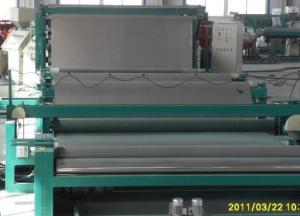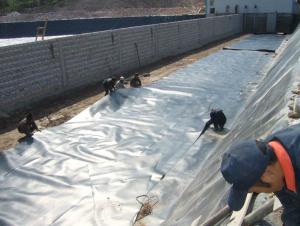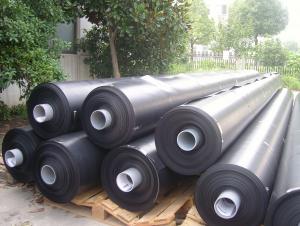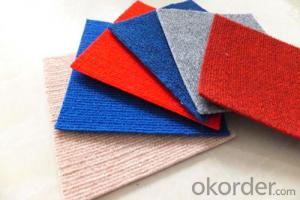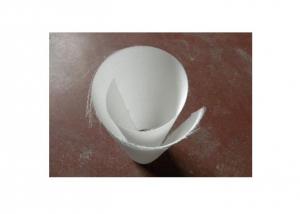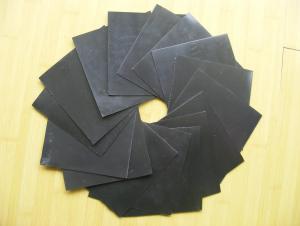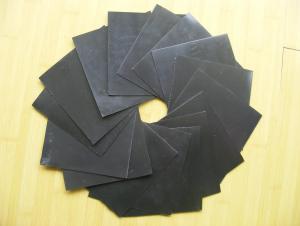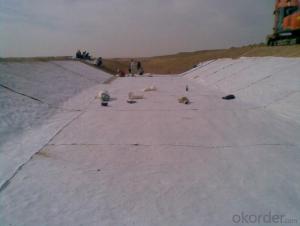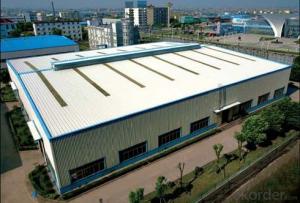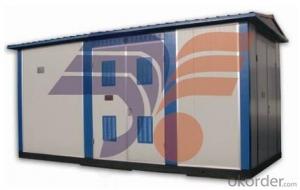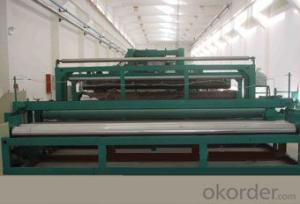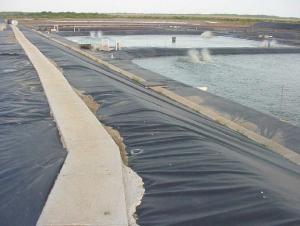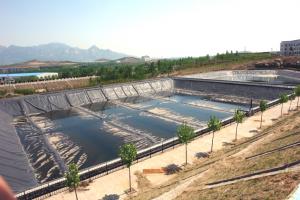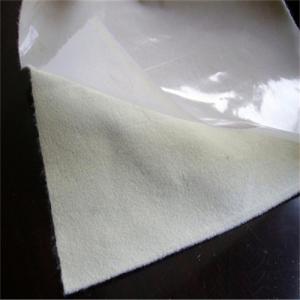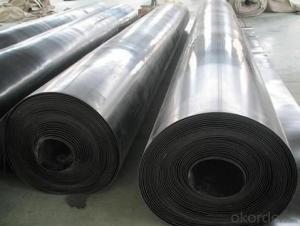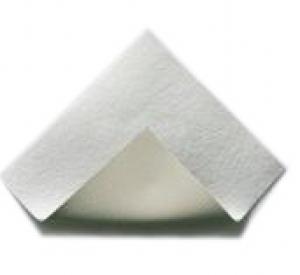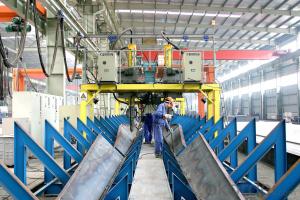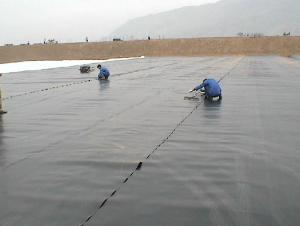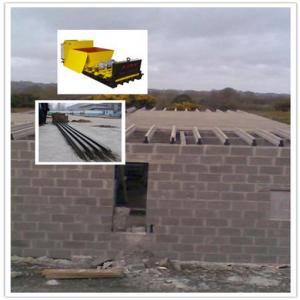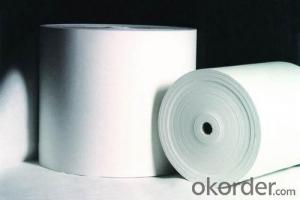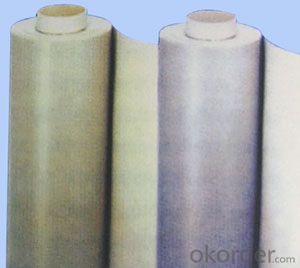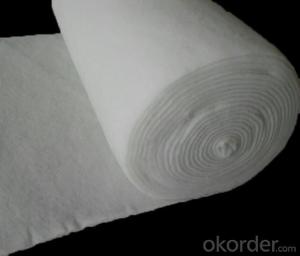Prefabricated Geomembranes
Prefabricated Geomembranes Related Searches
Prefabricated Geomembrane Pre-Seamed Geomembranes Prefabricated Geomembrane Liners Geomembranes Reinforced Geomembrane Impermeable Geomembranes Permeable Geomembrane Textured Geomembrane Geocomposite Membrane Geomembrane Products Composite Geomembrane Waterproof Geomembrane Geomembrane Impermeable Geomembrane Tanks Conductive Geomembrane Geomembrane Materials Geomembrane Fabric Plastic Geomembrane Geomembrane Systems Prefabricated Housing Modules Impervious Geomembrane Wholesale Geomembrane Geomembrane Machine Geomembrane Material Geomembrane Factory Geomembrane Waterproofing Landfill Geomembrane Geomembrane Containment Geomembrane Liners Geomembrane For LandfillPrefabricated Geomembranes Supplier & Manufacturer from China
Prefabricated Geomembranes are a type of synthetic liner materials that are widely used in various industries for containment and protection purposes. These membranes are engineered to provide a durable barrier against the leakage of liquids, gases, and contaminants, making them an essential component in environmental and construction projects. They are designed to be flexible, resistant to chemical degradation, and capable of withstanding extreme weather conditions, ensuring their effectiveness in long-term applications.Prefabricated Geomembranes find their application in a multitude of scenarios, such as landfills, reservoirs, canals, and ponds, where they serve to prevent the seepage of hazardous materials and protect the surrounding environment. They are also utilized in the construction of water treatment facilities, mining operations, and agricultural projects, where their impermeable properties help to maintain the integrity of the structure and prevent contamination. The versatility of these geomembranes makes them a popular choice for a broad range of applications, offering a reliable solution to various containment and protection challenges.
Okorder.com is a leading wholesale supplier of Prefabricated Geomembranes, boasting a vast inventory that caters to the diverse needs of clients across different industries. With a commitment to quality and customer satisfaction, Okorder.com ensures that the Prefabricated Geomembranes they provide meet the highest standards of durability and performance. Their extensive stock allows for quick turnaround times and the ability to fulfill large orders, making them a trusted partner for businesses and projects that require these essential materials.
Hot Products


